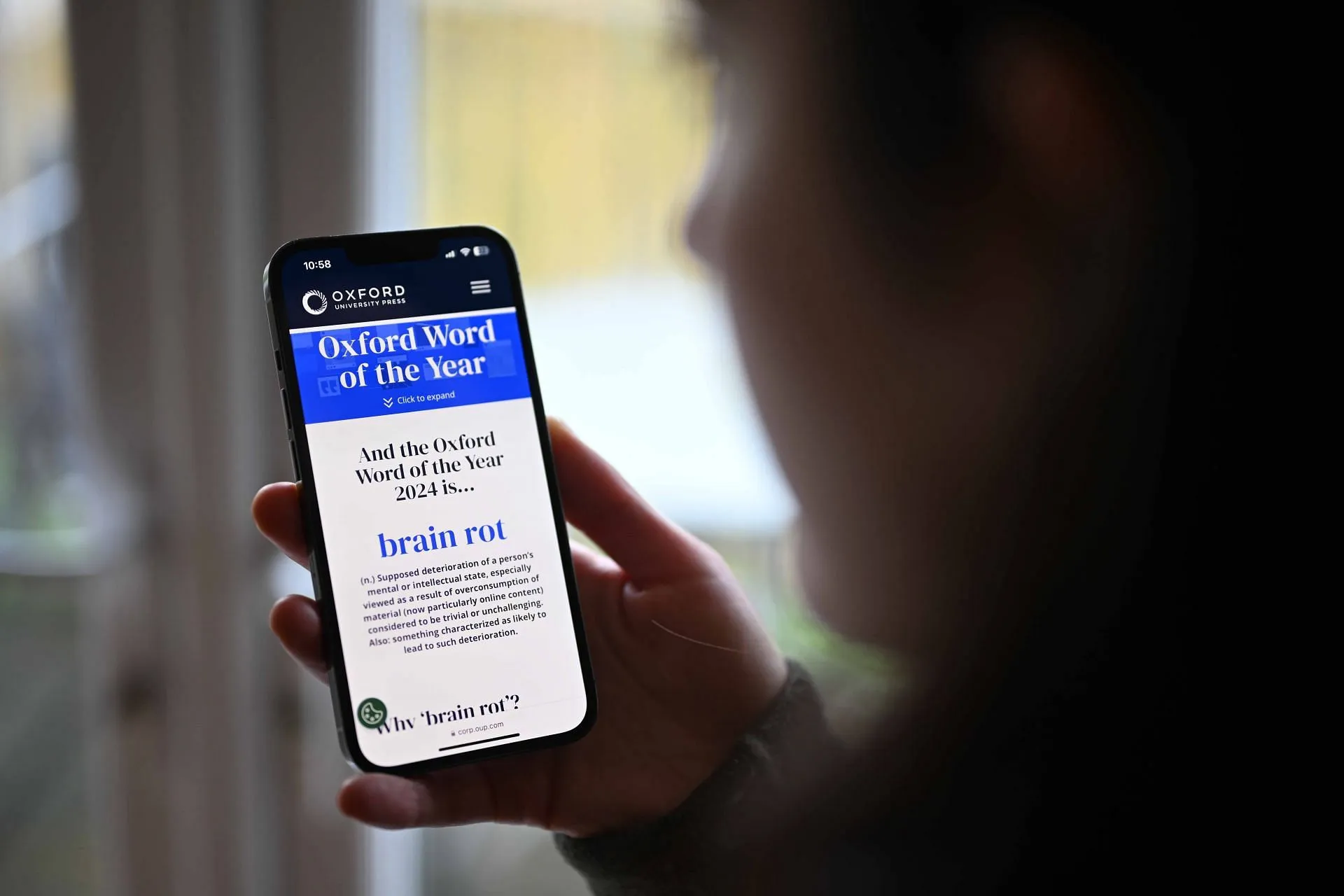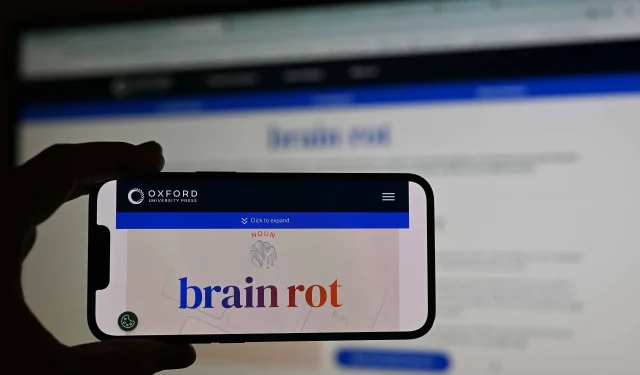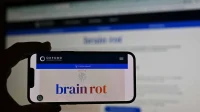The latest sensation taking TikTok by storm is the viral meme known as Tralalero Tralala. This amusing trend features an AI-generated shark donned in Nike shoes, which amusingly performs a catchy tune in a robotic Italian accent. The lyrics boast a playful narrative involving a grandmother interrupting a gaming session.
“Trallallero Trallalla, porco dio e porco Allah. Ero con il mio fottuto figlio merdardo a giocare a Fortnite, quando a un punto arriva mia nonna, Ornella Leccacappella, a avvisarci che quello stronzo di Burger ci aveva invitato a cena per mangiare un purè di cazzi.”
As noted by Know Your Meme, this catchy chant revolves around a grandmother’s unexpected interruption during a Fortnite match. The original audio was created by TikToker @eZburger401, who has since been banned from the platform. The meme gained traction when another TikTok user, @andy.promaxo, re-uploaded it alongside a video featuring a toy, leading to an impressive five million views.
The English translation of the audio adds to its hilarity:
“Trallallero Trallalla, goddamn god and goddamn Allah. I was with my f**king sh*tty son playing Fortnite, when at one point my grandmother, Ornella Leccacappella, arrives to warn us that that b*stard Burger had invited us to dinner to eat a puree of d**ks.”
The Emergence of Brain Rot Content

The term “brain rot” was recently selected as the Oxford Word of the Year for 2024, following a vote involving 37,000 participants. The origin of the term can be traced back to Henry David Thoreau, who first used it in his seminal work, Walden, in 1854. He harshly critiqued the decline of intellectual engagement in society, arguing that brain rot was a pervasive and serious issue:
“While England endeavours to cure the potato rot, will not any endeavour to cure the brain-rot – which prevails so much more widely and fatally?”
Modern interpretations suggest that memes like Tralalero Tralala fall under the category of low-value content within social media ecosystems. In this context, psychologist Andrew Przybylski from Oxford University remarked on the sentiment underlying the term, explaining that it reflects a broader dissatisfaction with social media platforms and serves as a way for individuals to express their anxieties regarding online interactions:
“There’s no evidence of brain rot actually being a thing. Instead it describes our dissatisfaction with the online world, and it’s a word that we can use to bundle our anxieties that we have around social media.”
Further insights from Dr. Michael Rich, a pediatrician and founder of the Digital Wellness Lab at Boston Children’s Hospital, highlight that individuals who engage in brain rot content, such as memes like Tralalero Tralala, or spend excessive hours gaming, may have underlying conditions, including Attention Deficit Hyperactivity Disorder (ADHD). He explains that many youths feel disconnected in conventional settings, which may drive them to seek solace in video games or digital culture:
“The internet and gaming is being used by kids who have ADHD, for example, who spent their day in school, feeling like they can’t keep up, they can’t follow what’s going on, not just in the classroom, but even in the playground. They come home, and they sit down in front of World of Warcraft or Call of Duty or Fortnite, and they’re really good at it.”
As of now, Tralalero Tralala continues to soar in popularity, solidifying its place as a quintessential example of contemporary brain rot memes on platforms like TikTok and Instagram.


